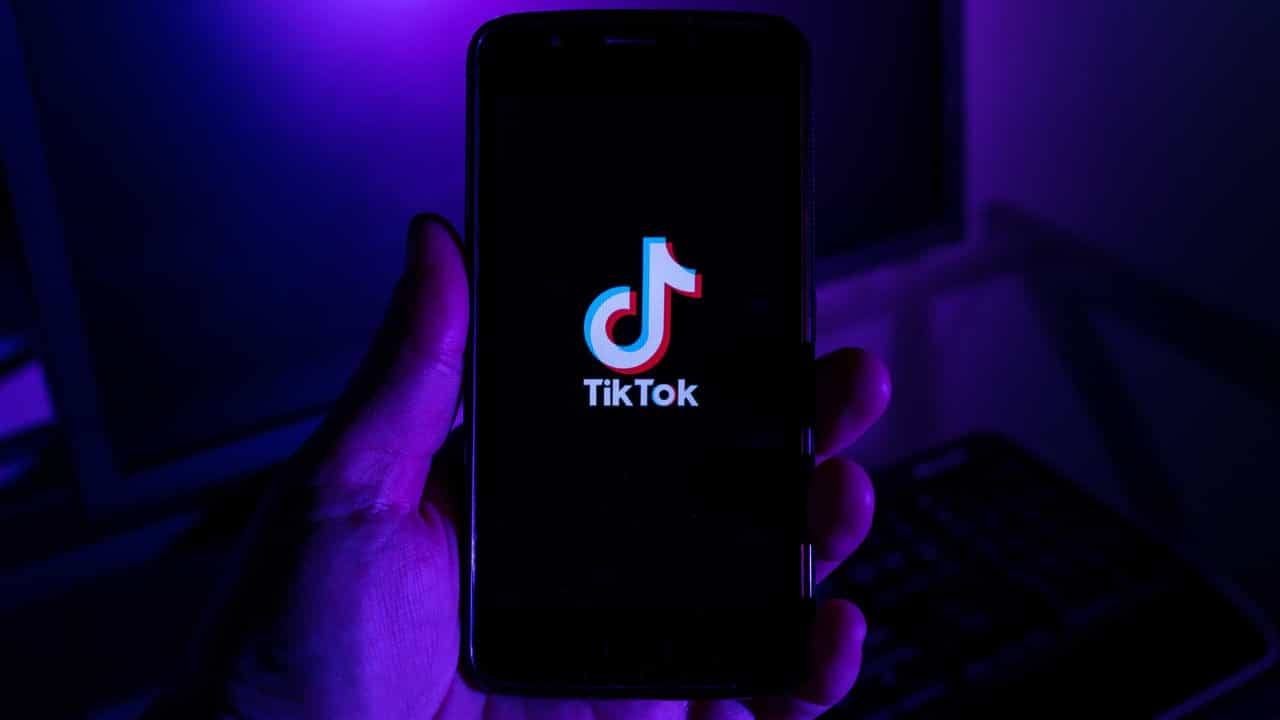Navigating life in the bustling city of London can be a whirlwind, especially when you’re trying to maintain a healthy and active lifestyle. Now add to this the prospect of undergoing orthodontic treatment. It can seem daunting, can’t it? Not with Invisalign! This innovative solution is a game-changer for busy Londoners. It helps you straighten your smile without impacting your day-to-day activities. Invisalign offers a clear, removable, and comfortable alternative to traditional braces, and it’s gaining popularity in London. No wonder more people are turning to it to achieve their desired smile while maintaining their lifestyle. In this article, we’ll share some top-notch advice from London’s experts on how to maintain your lifestyle while using Invisalign. So, whether you’re juggling work, family, or your love for fish and chips, Invisalign London has got you covered.
Understanding Invisalign: What Makes It Different from Traditional Braces?
What sets Invisalign apart from traditional braces is its flexibility and discretion. Traditional braces are fixed onto your teeth and can be noticeable, while Invisalign aligners are nearly invisible and can be removed when needed. This means you can continue to enjoy your favourite London cuisines without any dietary restrictions typically associated with braces. Furthermore, Invisalign aligners are custom-made to fit your teeth snugly, making them comfortable and less likely to irritate your mouth. These aligners are designed using advanced 3D imaging technology, allowing for precise treatment planning and predictable results. The freedom and flexibility offered by Invisalign make it a preferred choice for many Londoners seeking orthodontic treatment. So, if you’re in London and eyeing a straighter smile, Invisalign could be your ideal solution.
How Invisalign Can Adapt to Your Busy London Lifestyle
Invisalign is designed with a busy lifestyle in mind. Working in London can mean long hours and social events that leave little time for frequent orthodontist visits. The good news is that Invisalign requires fewer check-ups than traditional braces. You’ll be given a series of aligners to change at home every one to two weeks, depending on your treatment plan. These aligners are easy to use and do not require adjustments, saving you trips to the orthodontist. Plus, there’s no need to worry about food particles getting stuck as you can remove your aligners when eating or drinking. Also, they’re perfect for those unexpected business meetings or social events where you want to make a great impression without any orthodontic hardware showing. That’s how Invisalign helps Londoners maintain their busy lifestyle while achieving a perfect smile.
Expert Advice on Eating and Drinking with Invisalign
When it comes to eating and drinking with Invisalign, London’s experts have clear advice. Unlike traditional braces, with Invisalign, you don’t have to worry about food restrictions. However, it’s recommended to remove your aligners while eating or drinking anything other than water. This prevents staining and potential damage. But remember, you need to wear your aligners for at least 22 hours a day for optimal results. So, after every meal or drink, remember to clean both your teeth and the aligners before placing them back in your mouth. This helps maintain good oral hygiene and keeps your aligners clear. So, whether you’re enjoying a traditional English breakfast, sipping on black tea, or dining out in one of London’s prime spots, Invisalign lets you eat and drink freely.
Maintaining Oral Hygiene While Using Invisalign
Maintaining oral hygiene is of utmost importance when using Invisalign. The clear aligners cover your teeth, so it’s essential to keep your teeth clean to avoid plaque build-up and potential staining. Brushing your teeth and flossing regularly, ideally after every meal, is recommended. It’s also crucial to keep the aligners clean. After removing them, rinse them under running water and brush them gently with a soft toothbrush to remove any food particles. For a thorough clean, use Invisalign cleaning crystals or tablets. It’s worth noting that maintaining oral hygiene not only ensures a healthier smile but also keeps your aligners virtually invisible, letting you go about your life in London confidently. So, with Invisalign, you can maintain your oral health alongside an active lifestyle.
Staying Active: Exercising and Playing Sports with Invisalign
For those who lead an active lifestyle, Invisalign comes into its own. Whether you’re training for the London Marathon or playing a friendly match of footie in the park, these clear aligners provide the freedom to stay active without worry. Traditional braces can sometimes cause discomfort or injury during physical activity. With Invisalign, there’s no such concern. The aligners are removable, so you can take them out during your workout or game and pop them back in afterwards. Plus, there’s no risk of brackets or wires causing irritation or injuries. It’s vital, however, to ensure that the aligners are worn for the recommended 22 hours a day. So, with Invisalign, you don’t have to compromise on your fitness goals while working towards a straighter smile in London.
Invisalign Maintenance Tips from London’s Experts
Experts in London share a few handy tips for maintaining your Invisalign aligners. Firstly, always keep them in a protective case when not in use to avoid loss or damage. Secondly, clean the aligners daily using a soft brush and non-scented soap, avoiding toothpaste as it can be abrasive. Thirdly, ensure your teeth are clean before putting the aligners back to prevent trapping food particles. Lastly, maintain regular check-ups with your Invisalign provider to monitor your progress. By following these tips, you can ensure your Invisalign treatment is effective and your aligners last the course of treatment. Remember, a well-maintained Invisalign aligner is the secret to a successful smile transformation in London.




 What Is Melatonin Chewy candies?
What Is Melatonin Chewy candies?


















 A few benefits of a disposable vape are as follows:
A few benefits of a disposable vape are as follows: Get Free Shipping
Get Free Shipping
 Why do we need astrology websites?
Why do we need astrology websites?
